
Don’t Get Left Behind, Outsource Your Game Art
Outsourcing your game art is a great way to save time and money while increasing the quality of your product. When done right, you can get the most out of your outsourcing investment. Here are some tips for getting the most from your outsourcing to ensure you don’t get behind in the ever-changing world of game art.
Set Clear Goals and Expections
Before you even begin to look for an outsourcing partner, it’s important to have a clear understanding of what you need from them. The first step in setting clear goals and expectations is to define your goals clearly. What do you want out of this relationship? What are the deliverables? When do you need them? Being as specific as possible about your goals will ensure that everyone involved knows what is expected of them. Not only will this help reduce misunderstandings, but it will also make it easier for both parties to plan accordingly.
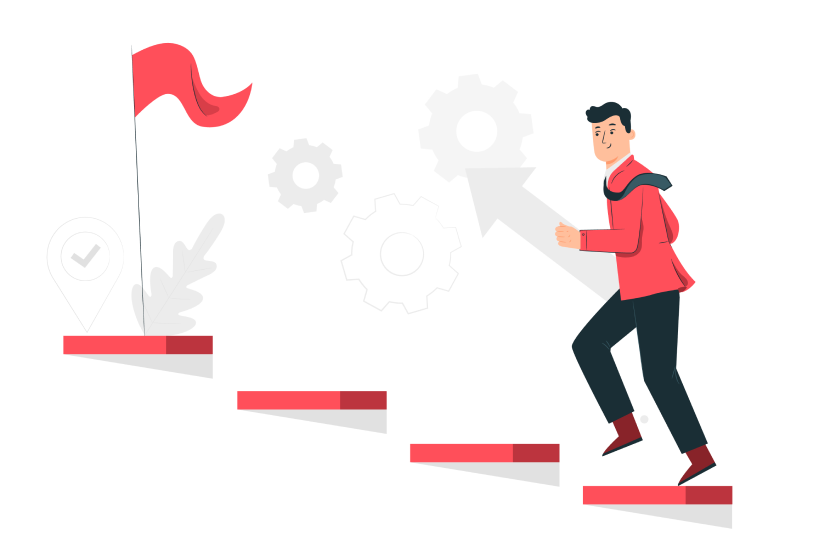
It's essential to set realistic expectations when it comes to outsourcing work. If you expect your partner to complete tasks that are beyond their capabilities or timeline, then there’s a good chance that things won’t go as planned. Remember, no one likes surprises so make sure to have an honest discussion with your partner about what they can realistically provide in terms of timeline and quality before signing any contract.
Do your Research
Choosing an outsourcing partner is no small task - there are many factors that must be taken into consideration before making a decision. In order to cope with this task effectively, do the following steps.
1) Start With A List of Questions
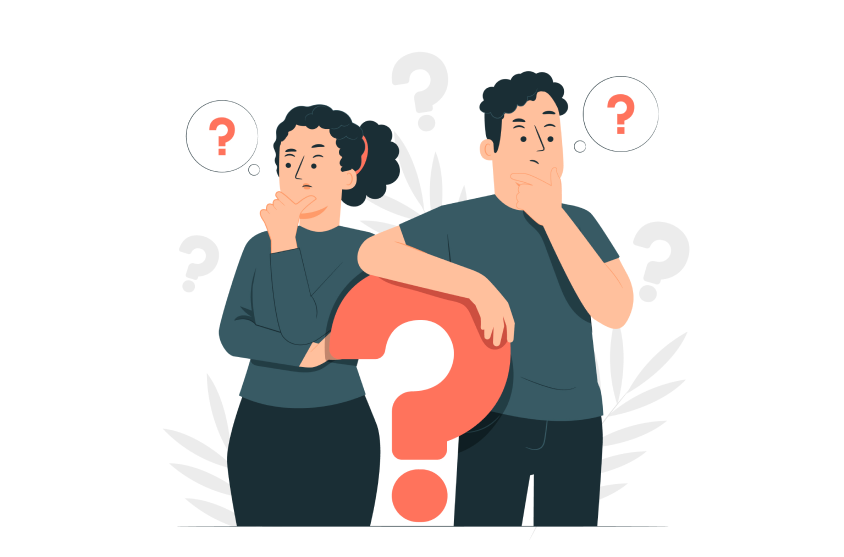
Before you even begin researching potential partners, come up with a list of questions that will help you gauge who is the best fit for your project. What experience do they have in developing games? What kind of team size do they have? Have they ever worked on projects similar to yours? Do they have any reviews or testimonials from past clients? Can their team meet the timeline and budget of your project? Then, when it comes time to interview potential partners, use this list as a guide.
2) Check Out Their Portfolio
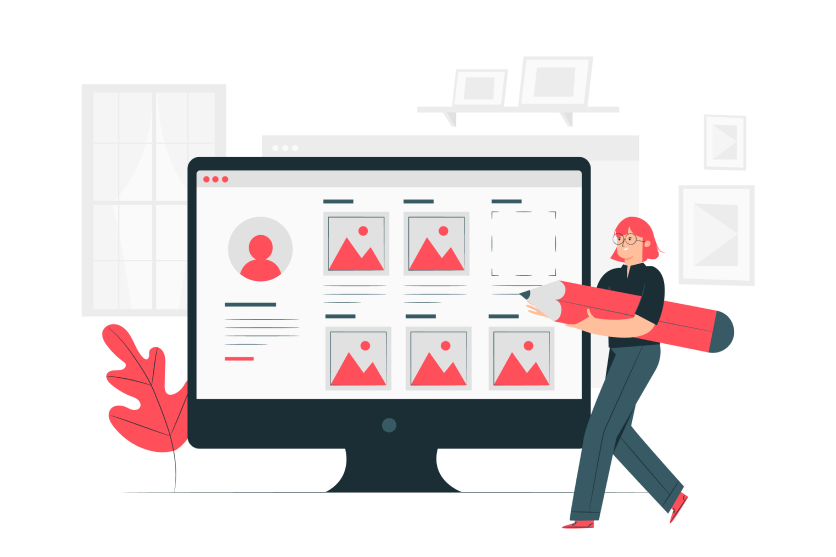
A good portfolio should give you an idea of what kind of work they produce and how experienced they are working on game development projects. Look out for any red flags—games that look unfinished or lack polish—as this could be a sign that their team isn’t as experienced as they claim. Also, pay attention to any awards or recognition their portfolio might have received; these can be indications that the team has real talent and skill in producing quality games.
3) Ask For References
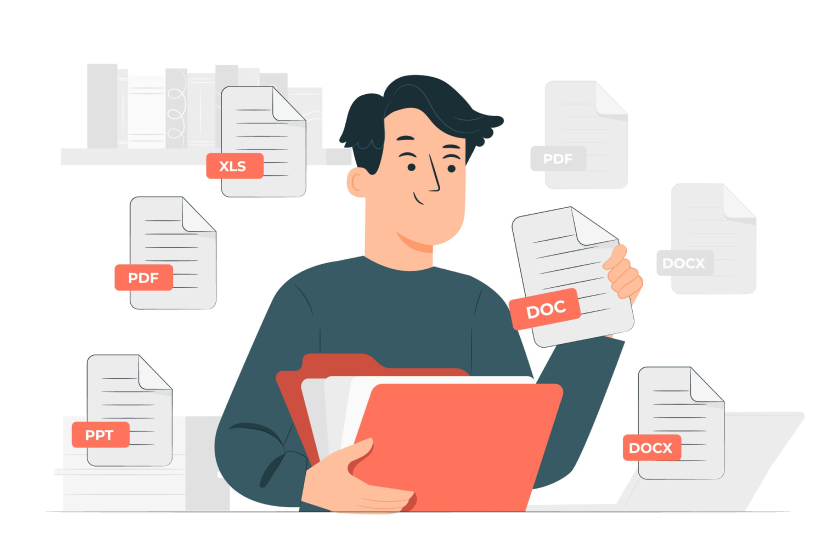
If possible, ask potential outsourcing partners for references from past clients so you can get a better sense of what it’s like to work with them. These references should provide valuable insights into things like communication style, professionalism, reliability, etc., which can help you decide whether or not the team is right for your project. If possible, also try to talk directly to developers who have worked with them in the past; this will give you first-hand knowledge about what it’s like working with them on an individual level
Create an Outsourcing Strategy
Communication is key when it comes to managing any kind of relationship—especially one involving outsourcing game art projects. Establishing good communication between you and your third-party contractor will help ensure that there are no misunderstandings or miscommunications during the process. It is also important to keep regular contact with your contractor throughout the project so that any issues are addressed promptly and productively.
When you're working with a third-party contractor, it's crucial to identify potential pitfalls before they occur. This means taking steps such as evaluating their skillset prior to hiring them and ensuring that all contracts are watertight before signing off on them. Additionally, it's a good idea to have a contingency plan in place for unforeseen circumstances such as delays or cost overruns.
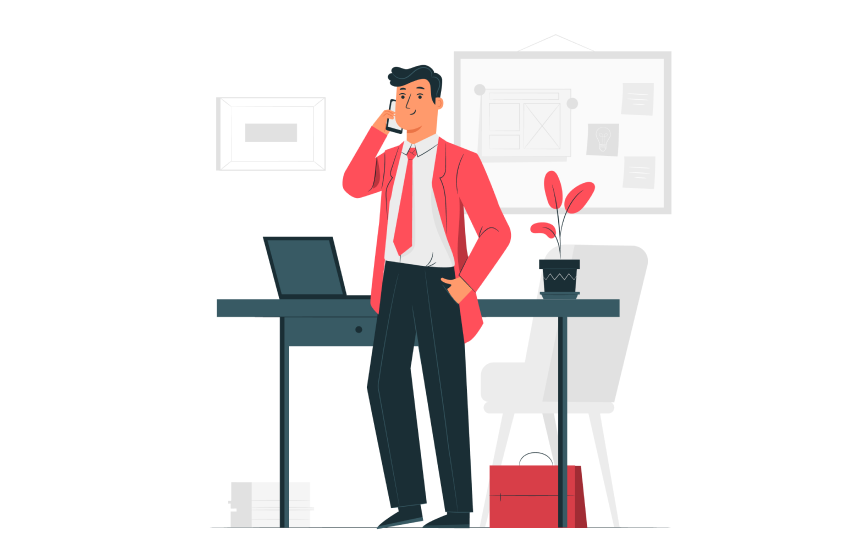
Stay involved in the project throughout its entirety, from start to finish. Set up regular check-ins with your provider so that you can monitor progress and provide feedback as needed. Make sure that any changes or adjustments are communicated clearly so that everyone is on the same page going forward. If possible, try to be as hands-on as possible; this will help ensure that everything goes as smoothly as possible and that you get exactly what you want from your investment in outsourced game art.
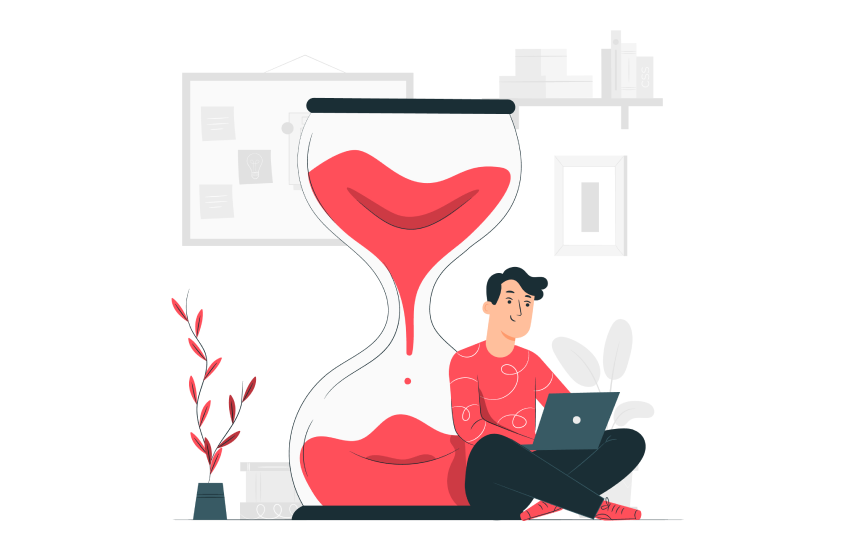
Outsourcing game art can be an excellent way to save time and money while increasing quality at the same time—but only if it's done correctly! By setting clear goals and expectations upfront, choosing your provider carefully, and staying involved throughout the process, you can ensure that you get maximum value out of your investment in outsourced game art without leaving anything on the table. Make sure not to get left behind by following these tips for getting more out of your outsource game art investments!
